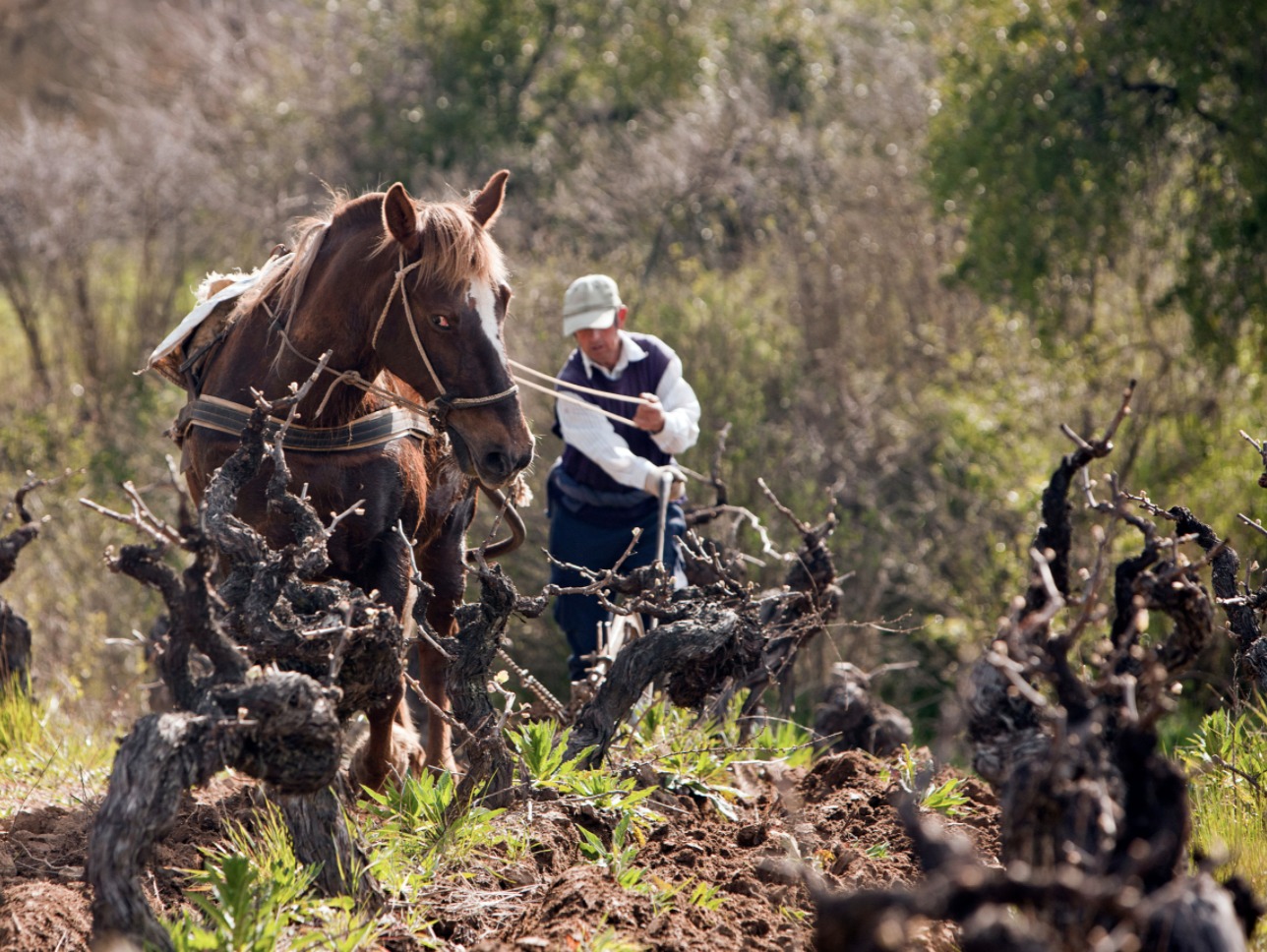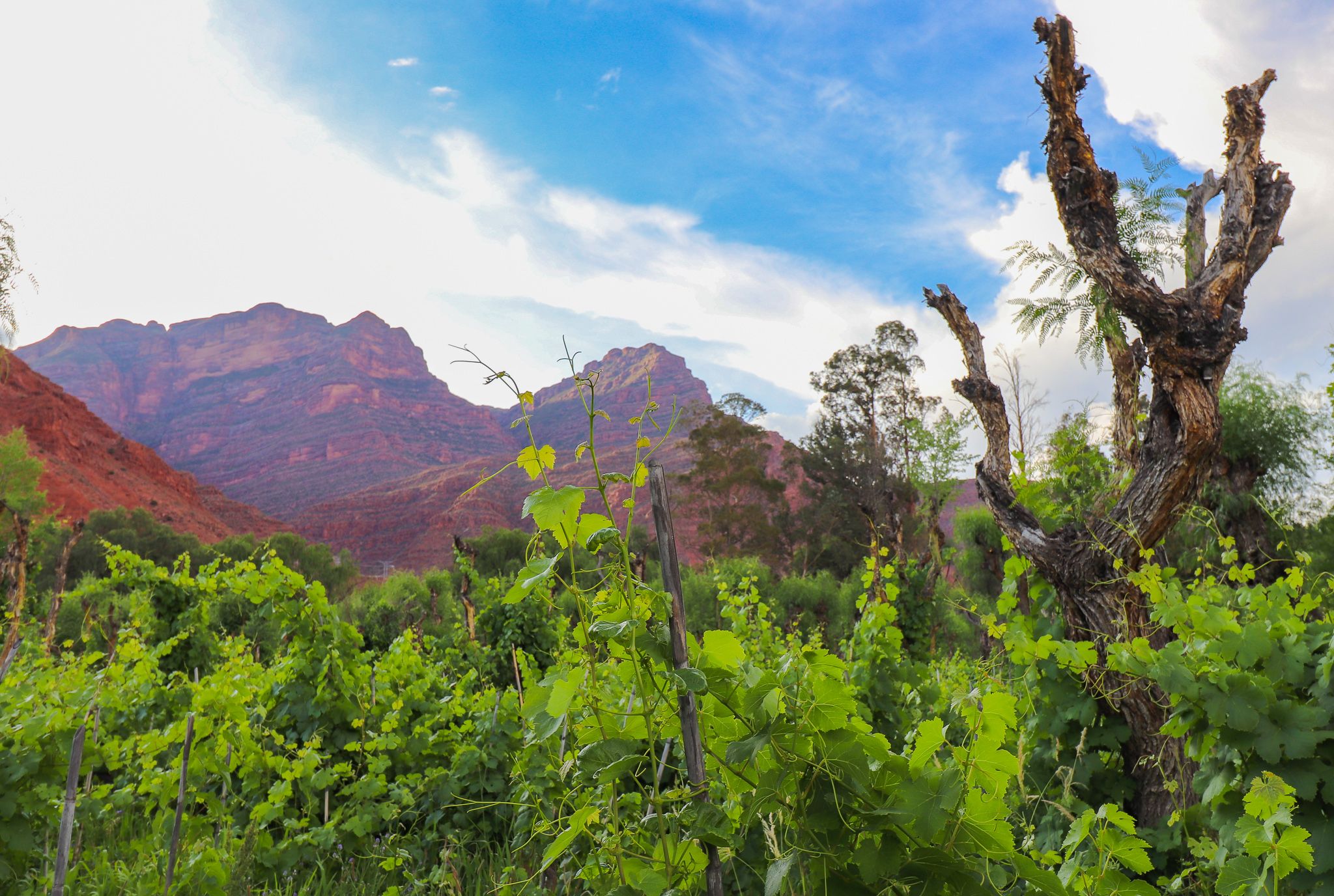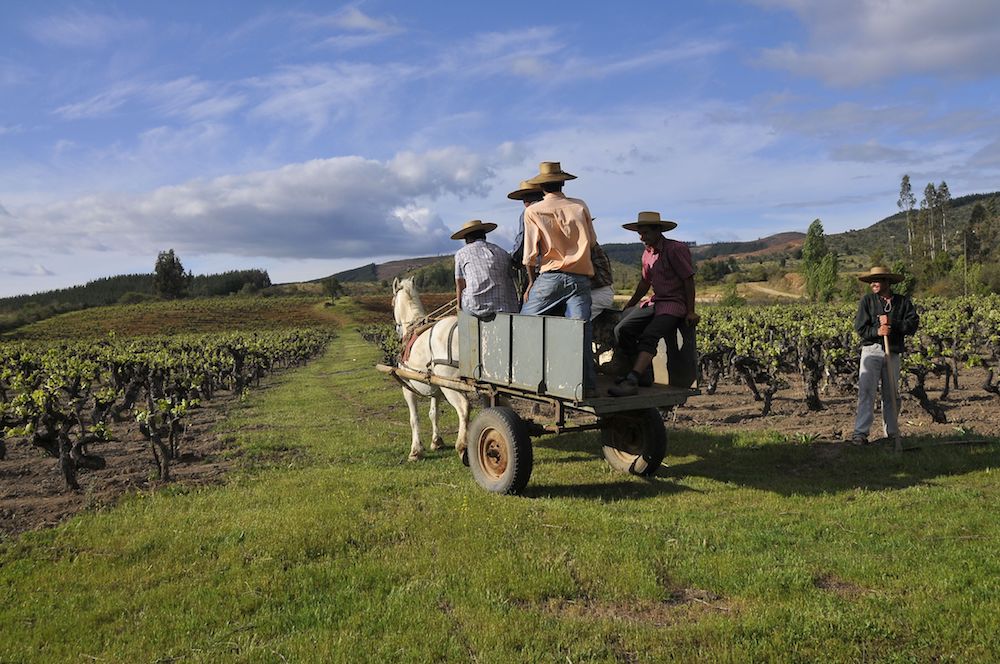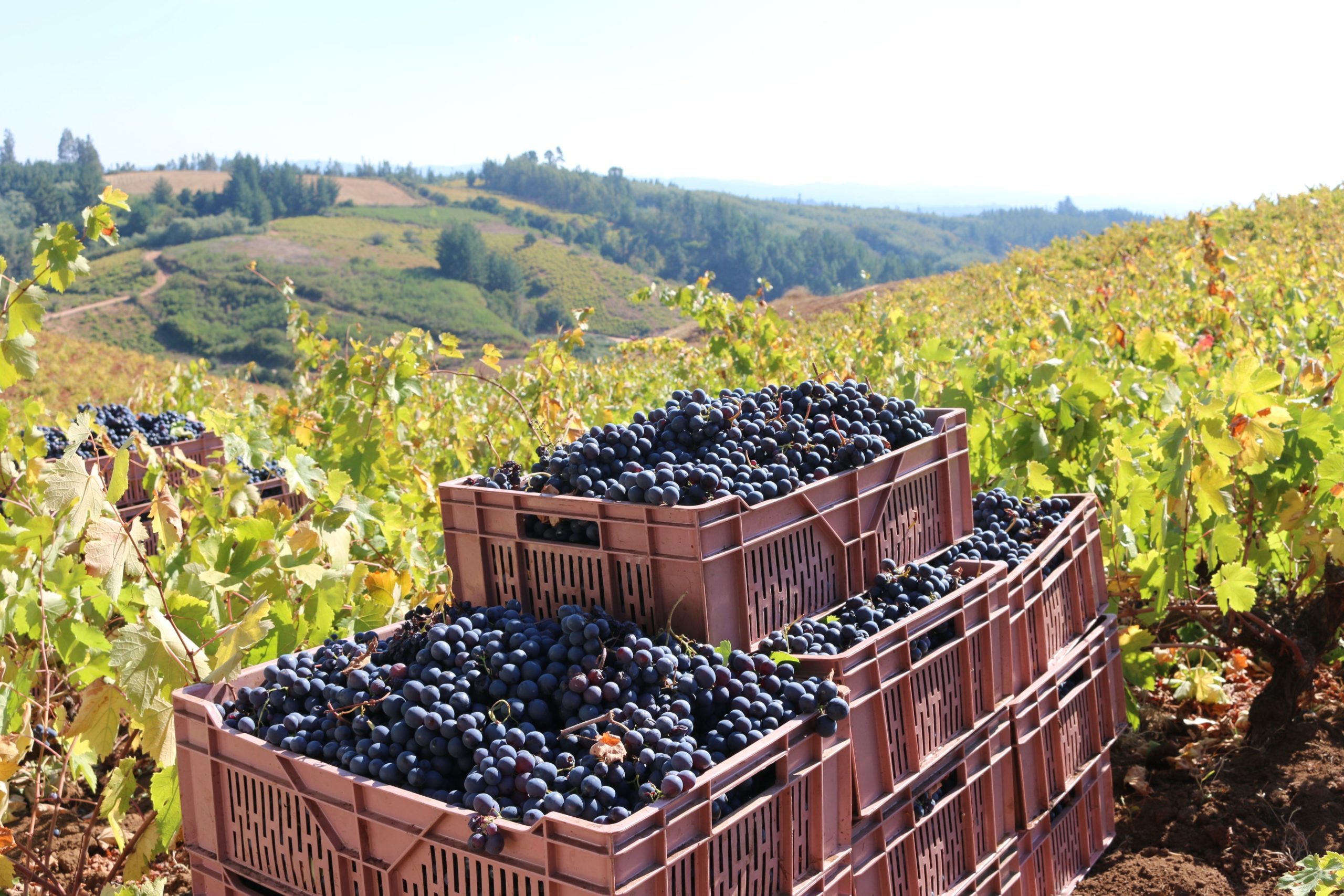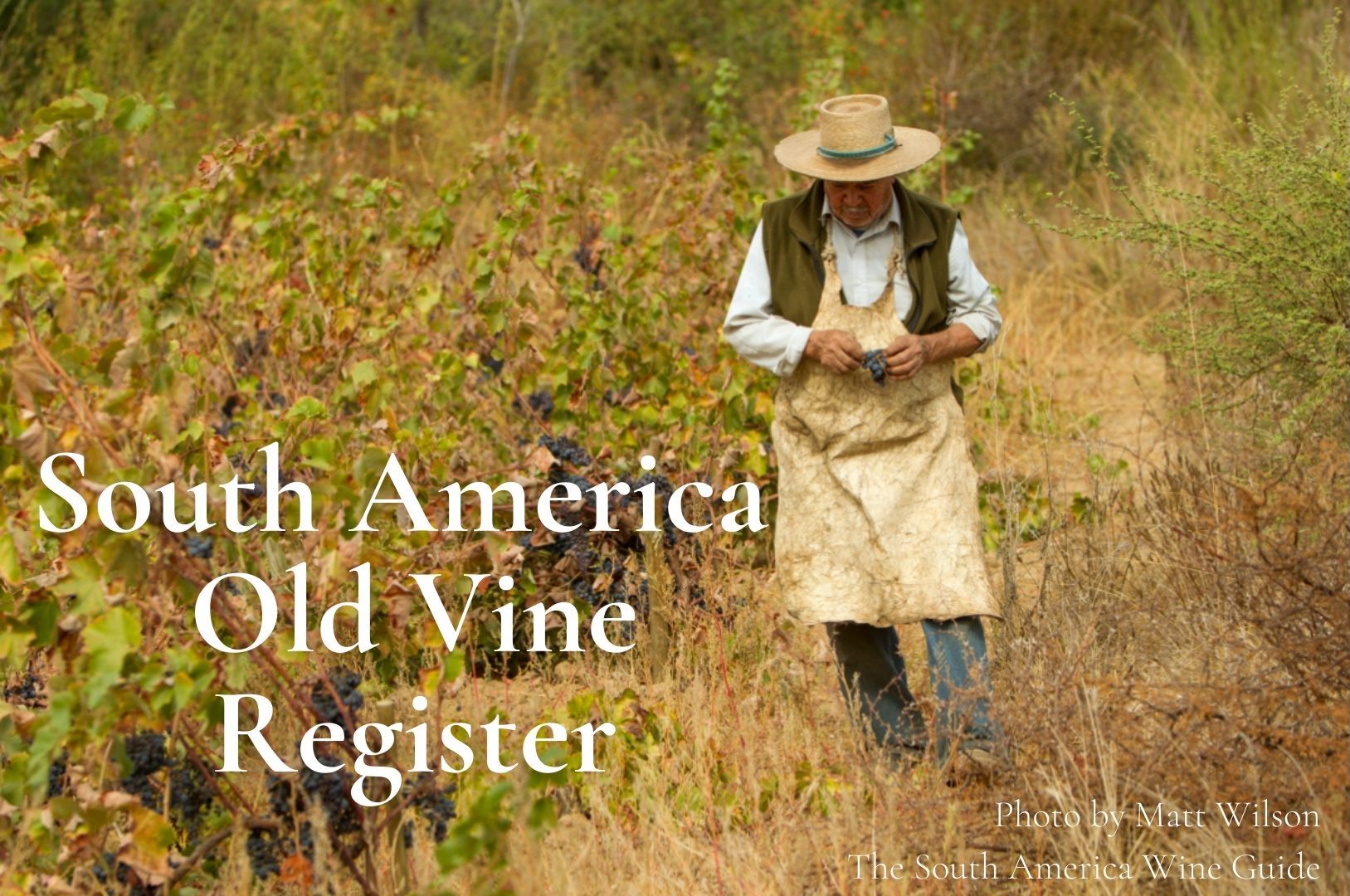What is País wine?
The rediscovery of País
Best País wine and producers
Quick guide to País in Chile
Pipeño, chicha and chacolí
Some of Chile’s old País vines beggar belief. Occasionally they are well over 200 years old, almost grotesque in their gnarled, twisting trunks — deformed, or continually reformed, over time. But for the winemaker and wine geek, there’s nothing more beautiful than these Freud-esque nudes of vines, displaying every crevice of age in their fissured trunks.
What is País wine?
País, aka. Listán Prieto in Spain, was the first variety of vine to arrive in Chile, indeed in South America. Known for its high yields and resistance to heat, disease and drought, it was a natural champion for those who pioneered the New World’s wine industry and in the same way that it won fans in North America (where it was called the Mission grape), it also had converts in South America. In the mid-1800s, País is believed to have accounted for 90% of the vines in Chile and Argentina. It was South America’s most-planted variety for centuries, helping give birth to a diverse family of Criolla varieties.
This century, however, País has been losing ground at a rapid rate — down from over 30,000 hectares in 1985 to barely 10,000 today, as producers struggle to find a market for the grapes and wines. Although the vineyard area is just a shadow of its former self, Chile still remains the world’s País heartland with the largest area of this ancient, hardy variety today.
País can be found all over Chile, from the Atacama Desert in the north down to wild vines in Patagonian forests in the south. However, most of the plantings are in the southern regions of Maule, Bio Bio and Itata, tended by the hands of over 6,000 growers. In its youth, País can be a rather rustic grape variety, making wines that are simple with slightly astringent tannins. However, with the benefit of vine age — there are many vines over 100 years old — and made skilfully, País can be nuanced and layered, with fruit, floral and earth aromas, and have a juicy palate with a spine of delicate tannins.
The reason these vines have survived so well over the centuries is because they are incredibly well-adapted to Chile’s environment. So well-adapted, in fact, that some wineries — such as Santa Rita in Maipo — are using País as a rootstock for new vines.
País vines have always been the mainstay of home producers for their pipeño, chicha and chacolí wines. However, when the Bordeaux influence was at its peak in the 20th century, these village wines were shunned in favour of sexier-sounding international varieties. By the turn of the 21st century, commercial wine producers were simply using País to bulk up jug wines, while many vines were being torn out at a swift pace, with few producers giving them a second thought.
